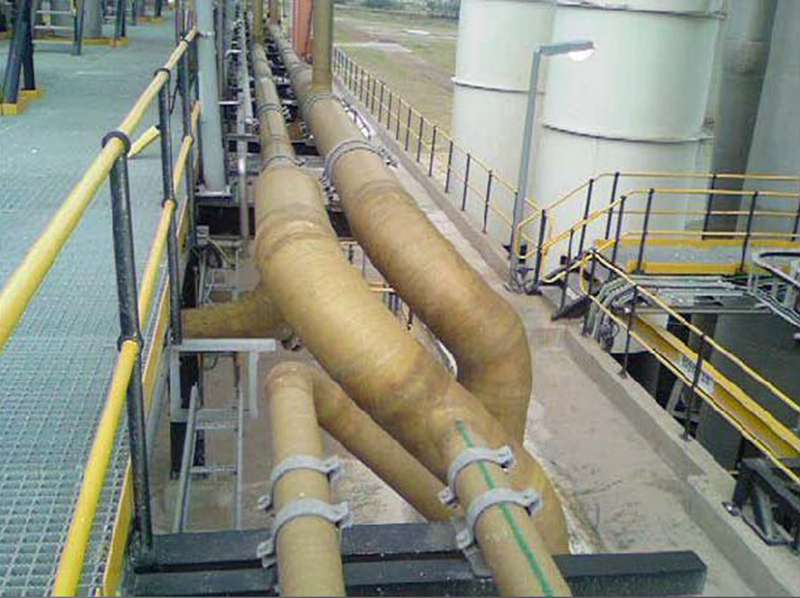
-
 Afrikaans
Afrikaans -
 Albanian
Albanian -
 Amharic
Amharic -
 Arabic
Arabic -
 Armenian
Armenian -
 Azerbaijani
Azerbaijani -
 Basque
Basque -
 Belarusian
Belarusian -
 Bengali
Bengali -
 Bosnian
Bosnian -
 Bulgarian
Bulgarian -
 Catalan
Catalan -
 Cebuano
Cebuano -
 China
China -
 China (Taiwan)
China (Taiwan) -
 Corsican
Corsican -
 Croatian
Croatian -
 Czech
Czech -
 Danish
Danish -
 Dutch
Dutch -
 English
English -
 Esperanto
Esperanto -
 Estonian
Estonian -
 Finnish
Finnish -
 French
French -
 Frisian
Frisian -
 Galician
Galician -
 Georgian
Georgian -
 German
German -
 Greek
Greek -
 Gujarati
Gujarati -
 Haitian Creole
Haitian Creole -
 hausa
hausa -
 hawaiian
hawaiian -
 Hebrew
Hebrew -
 Hindi
Hindi -
 Miao
Miao -
 Hungarian
Hungarian -
 Icelandic
Icelandic -
 igbo
igbo -
 Indonesian
Indonesian -
 irish
irish -
 Italian
Italian -
 Japanese
Japanese -
 Javanese
Javanese -
 Kannada
Kannada -
 kazakh
kazakh -
 Khmer
Khmer -
 Rwandese
Rwandese -
 Korean
Korean -
 Kurdish
Kurdish -
 Kyrgyz
Kyrgyz -
 Lao
Lao -
 Latin
Latin -
 Latvian
Latvian -
 Lithuanian
Lithuanian -
 Luxembourgish
Luxembourgish -
 Macedonian
Macedonian -
 Malgashi
Malgashi -
 Malay
Malay -
 Malayalam
Malayalam -
 Maltese
Maltese -
 Maori
Maori -
 Marathi
Marathi -
 Mongolian
Mongolian -
 Myanmar
Myanmar -
 Nepali
Nepali -
 Norwegian
Norwegian -
 Norwegian
Norwegian -
 Occitan
Occitan -
 Pashto
Pashto -
 Persian
Persian -
 Polish
Polish -
 Portuguese
Portuguese -
 Punjabi
Punjabi -
 Romanian
Romanian -
 Russian
Russian -
 Samoan
Samoan -
 Scottish Gaelic
Scottish Gaelic -
 Serbian
Serbian -
 Sesotho
Sesotho -
 Shona
Shona -
 Sindhi
Sindhi -
 Sinhala
Sinhala -
 Slovak
Slovak -
 Slovenian
Slovenian -
 Somali
Somali -
 Spanish
Spanish -
 Sundanese
Sundanese -
 Swahili
Swahili -
 Swedish
Swedish -
 Tagalog
Tagalog -
 Tajik
Tajik -
 Tamil
Tamil -
 Tatar
Tatar -
 Telugu
Telugu -
 Thai
Thai -
 Turkish
Turkish -
 Turkmen
Turkmen -
 Ukrainian
Ukrainian -
 Urdu
Urdu -
 Uighur
Uighur -
 Uzbek
Uzbek -
 Vietnamese
Vietnamese -
 Welsh
Welsh -
 Bantu
Bantu -
 Yiddish
Yiddish -
 Yoruba
Yoruba -
 Zulu
Zulu
frp flange
Understanding FRP Flanges Applications and Benefits
FRP, or Fiber Reinforced Plastic, is a composite material made from a plastic matrix reinforced with fibers, often glass or carbon. Among its numerous applications, FRP flanges play a crucial role in various industries, particularly in environments where traditional materials may struggle. This article explores the importance, applications, and advantages of FRP flanges.
What are FRP Flanges?
FRP flanges are specialized components used to connect pipes, tubes, or other equipment together in various systems. They serve as the connection points that facilitate the transfer of fluids or gases, providing a secure and leak-resistant joint. The composition of FRP gives these flanges unique properties that make them particularly suitable for challenging environments, including chemical processing, wastewater management, and marine applications.
Applications of FRP Flanges
1. Chemical Industry The chemical industry often deals with corrosive substances that can rapidly deteriorate traditional materials like steel or cast iron. FRP flanges resist corrosion from a wide range of chemicals, making them ideal for piping systems in chemical processing plants. They can withstand aggressive agents, allowing for safer handling of harmful substances.
2. Wastewater Treatment Wastewater treatment facilities require materials that can resist both corrosion and biological attacks. FRP flanges are widely used in these settings, as they provide long-lasting performance and require minimal maintenance compared to metal counterparts.
3. Marine Applications In marine environments, equipment is exposed to saltwater, which can lead to rapid degradation of standard materials. FRP flanges are extensively used in ships and offshore platforms due to their resistance to saltwater, which extends the lifespan of marine infrastructure.
4. Food and Beverage Industry Hygiene and resistance to corrosion are paramount in the food and beverage industry. FRP flanges are often used in systems that handle food, as they do not leach harmful substances and can be easily cleaned, ensuring compliance with health regulations.
frp flange

Advantages of FRP Flanges
- Corrosion Resistance One of the most significant benefits of FRP flanges is their ability to resist corrosion. This property is crucial for industries dealing with aggressive chemicals or harsh environments, reducing the risk of leaks and promoting safety.
- Lightweight FRP is considerably lighter than traditional materials like steel. This lightweight nature not only facilitates easier handling and installation but also reduces transportation costs and the overall weight of piping systems.
- Low Maintenance FRP flanges require less maintenance compared to metal flanges, which may rust or corrode over time. This quality can result in long-term cost savings for facilities by reducing downtime and maintenance efforts.
- Temperature Resistance FRP materials can withstand a range of temperatures, making them suitable for various applications where temperature fluctuations occur. This flexibility allows for their use in both high- and low-temperature environments.
- Customizability FRP can be manufactured in various shapes, sizes, and configurations, offering customization to meet specific engineering requirements. This adaptability is essential in environments where standard dimensions may not be suitable.
Conclusion
FRP flanges represent an advanced solution for piping connections in environments where traditional materials fall short. With their exceptional resistance to corrosion, lightweight nature, and low maintenance requirements, they have become an excellent choice in industries ranging from chemicals to marine applications. As industries continue to seek durable, efficient, and cost-effective materials, the use of FRP flanges is expected to increase, paving the way for safer and more reliable infrastructure.
In summary, the integration of FRP flanges into system designs not only enhances efficiency but also contributes to sustainability efforts by minimizing waste and prolonging the life of installations. As technology advances, FRP materials will likely evolve, opening new avenues for their application in even more demanding conditions.









